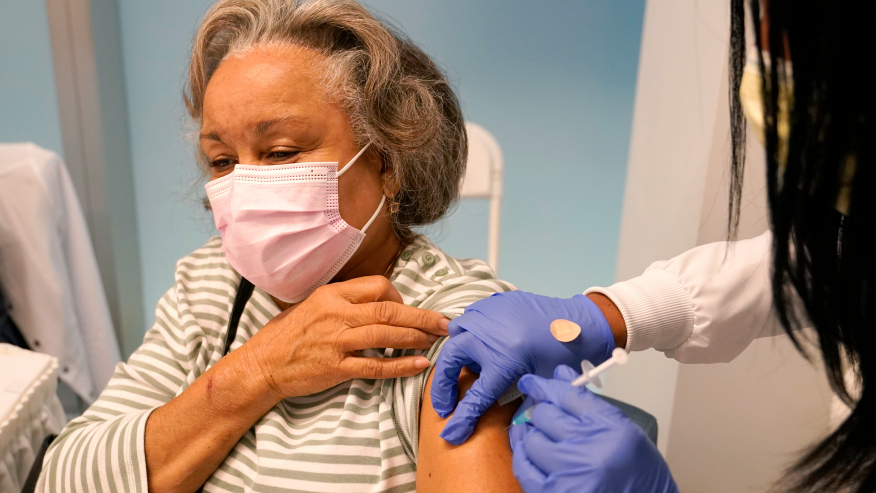It’s widely known that the second dose of the COVID-19 vaccines tend to come with more side effects than the first, including tiredness, headaches, chills, fever, nausea and muscle pain.
Why is that?
According to Dr. William B. Greenough III, a professor emeritus at Johns Hopkins School of Medicine who’s known for his work on cholera, there’s a simple explanation for the increase in side effects.
With the first dose, your body begins building its initial immune response, including producing antibodies.
But with the second shot — a.k.a. the second exposure to the virus — “the big guns” of your immune system react.
“Once your immune system recognizes the virus [after the second dose], it’s going to have a greater reaction to it,” Greenough said.
This is a sign the vaccine is working and that your immune system “recognizes the vaccine in your body.”
With the second dose, your body not only creates antibodies, but spurs your lymph nodes and other parts of the body to react to the vaccine at the tissue level.
Why does your body create side effects at all? There’s a two-part answer to this question, according to Dr. Richard Kennedy, a professor of medicine at Mayo Clinic and the co-director of the Mayo Clinic Vaccine Research Group.
Your immune system has two different components — innate immunity and adaptive immunity. Innate immunity is your body’s first-line response to an outside invader.
“Innate immunity does the same thing every time it sees a microorganism in your system. It’s got to recognize that you’re infected, sound the alarm and start the adaptive immune response,” Kennedy said.
“Innate immunity is not very good at protecting you against viral infections,” he continued. “It’s more of a speed bump to slow it down.”
After your body’s innate response, which occurs at the first sign of an infection or virus, adaptive immunity takes over. This kind of immunity is responsible for the creation of B and T cells, which can blast away infection.
When you receive a vaccine, your innate immunity is stimulated first. Within a week-and-a-half or so, your adaptive immunity starts firing, offering you actual protection from the virus.
